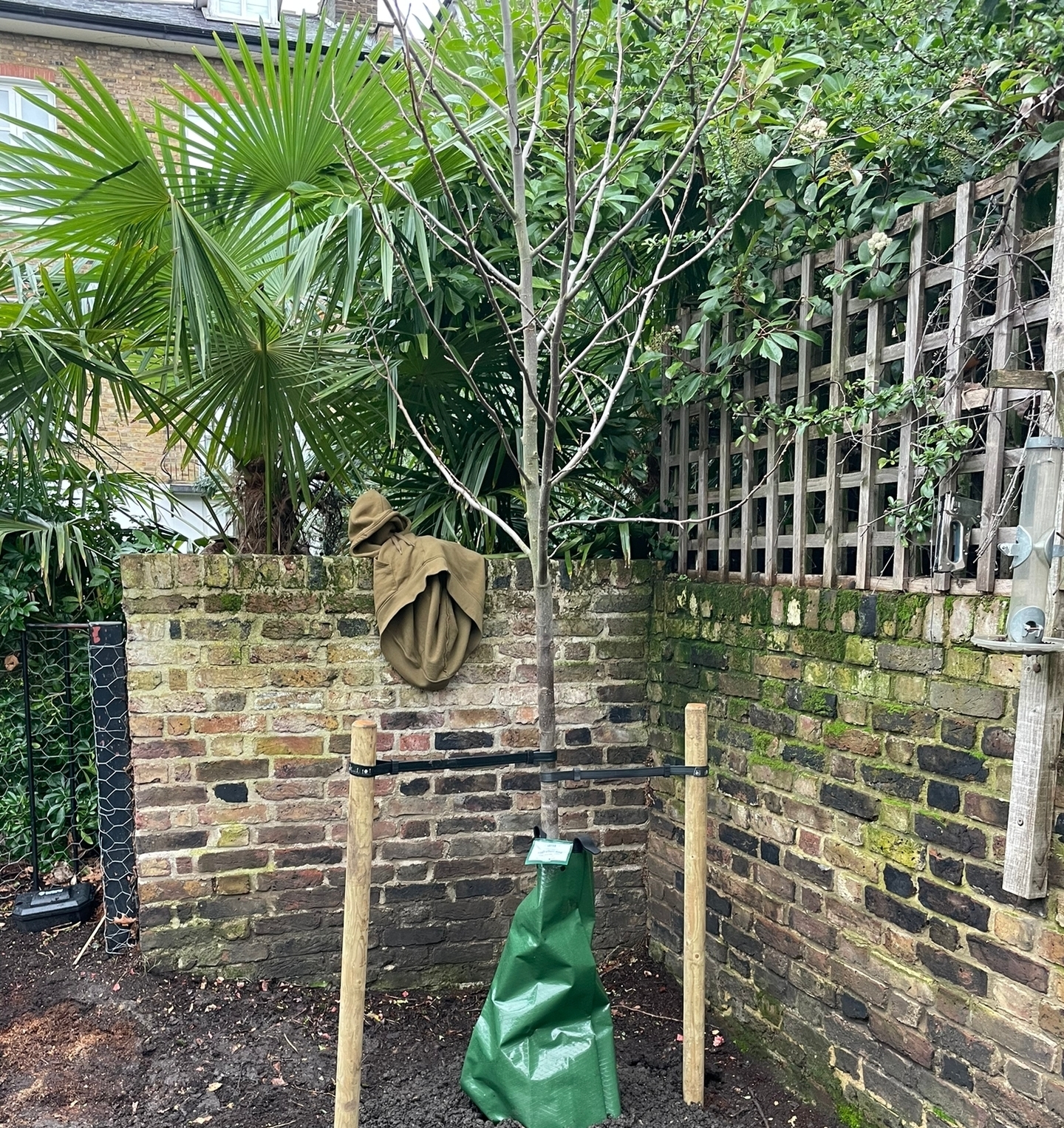Planting Season - Top Tips & Advice
Posted on 10th May 2023.
Spring is well underway now which means its time for your garden to start budding and growing. In this blog we will cover all things related planting and tree care. We will be discussing planting advice, specifically tree species that are good for planting in your garden, where to plant them, and the advantages and disadvantages of certain trees or plants.
When selecting a tree species to plant in your garden, it's important to consider a few factors such as the size of your garden, the amount of sunlight and shade it receives, and the soil type.
Here are a few tree species that are great for planting in your garden:
Apple Trees: Apple trees are a popular choice for gardens because they are relatively small and can produce fruit. They require full sun and well-drained soil.
Dogwood Trees - Dogwood trees are a great choice for adding color to your garden. They can tolerate partial shade and prefer moist, well-drained soil.
Japanese Maple Trees - Japanese maple trees are a great option for small gardens because they are slow-growing and can be pruned to maintain their size. They require partial shade and well-drained soil.
Birch Trees - Birch trees are a great option for larger gardens because they can grow quite tall. They require full sun and moist, well-drained soil.
When planting trees, it's important to plant them away from your house or other buildings to prevent root damage. As a general rule, trees should be planted at least twice the height of the tree away from any buildings, generally 10 meters as a rule of thumb.
Advantages & Disadvantages of Certain Trees or Plants
Fruit trees - Fruit trees provide a source of food for both wildlife and humans. They also add visual interest to your garden. However, they can be susceptible to pests and diseases.
Evergreen trees - Evergreen trees provide year-round greenery and can help to block wind and noise. However, they can be messy, dropping needles and cones throughout the year.
Flowering trees - Flowering trees add color and beauty to your garden. They also attract pollinators such as bees and butterflies. However, they may require additional maintenance such as pruning.
Conifers - Conifers provide year-round greenery and can help to block wind and noise. However, they can grow quite large and require regular pruning.
What Trees or Plants Attract Wildlife?
Planting trees or plants that attract wildlife is a great way to add biodiversity to your garden.
Here are a few examples:
Oak trees - Oak trees provide food and habitat for a wide variety of wildlife, including birds, mammals, and insects.
Herbs & Butterfly bushes - Butterfly bushes attract butterflies and other pollinators to your garden.
Sunflowers - Sunflowers attract birds and other wildlife, and can also provide food for humans.
At Browns Tree Solutions, we understand the importance of selecting the right tree species for your garden and the impact it has on the environment. We offer planting advice and tree care services to ensure that your trees remain healthy and vibrant. Whether you choose to plant fruit trees, evergreens, flowering trees, or conifers, be sure to consider the advantages and disadvantages of each species, and the impact it will have on the wildlife in your garden. If you have any existing trees in your garden which require maintenance then don't hesitate to get in touch and arrange your free quote today.
Tagged as: Apple Tree, Bees, Butterflies, Conifers, Dogwood Trees, Evergreen Trees, Flowering Cherry, Flowering Trees, Fruit Trees, Japanese Maple, Maple Tree, Oak Trees, Pear Tree, Planting, Planting Season, Plants, Shade, Soil, Spring, Sunlight, Trees, Wildlife
Share this post:






